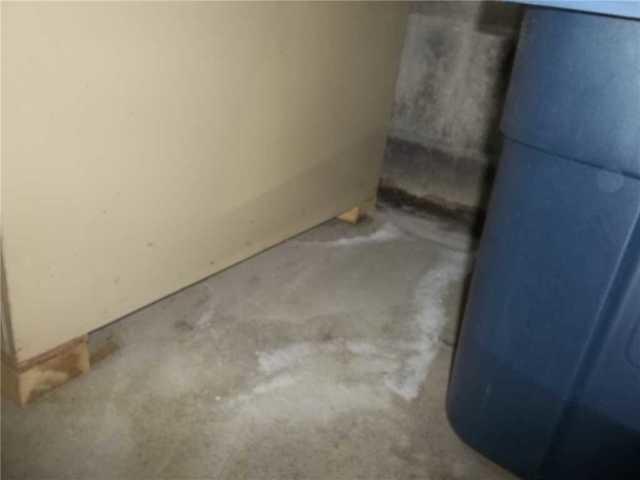
Signs of Leaks on Floor
This basement had water coming up through cracks in the floor in addition to the walls. Standing water - like the puddles mentioned - leaves behind salts and residue that cause discoloration.
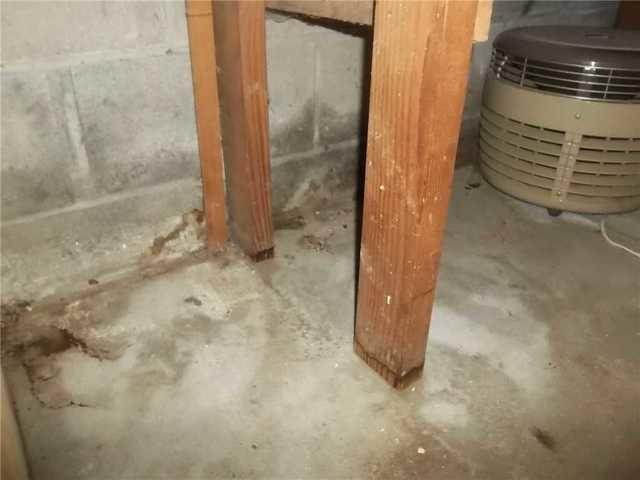
Water Damage on Walls and Furniture
Other than the staining on the walls, note how the first inch or so on the table legs is water damaged - this is from the constant standing water.
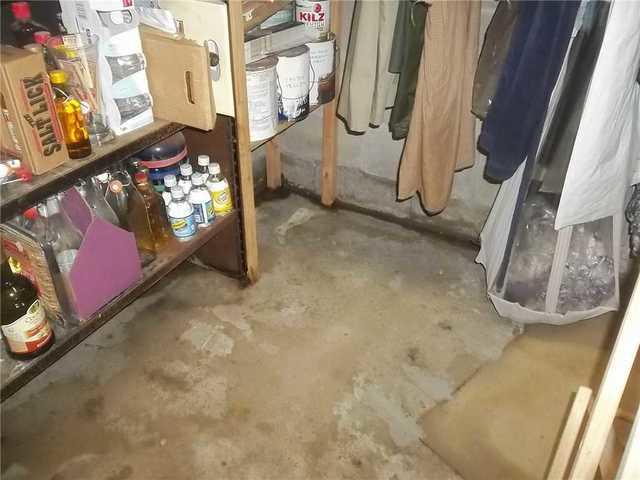
Floor Cracks Cause Puddles
Water coming up through the floor may seem like a different, and worse, problem, but it's all just a matter of giving the water somewhere to go and then getting it out of your house.
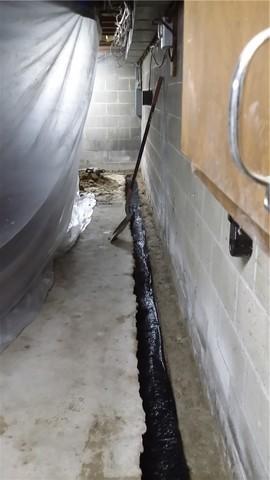
Removing the Floor
In order to install a below-floor drain, we have to get...below the floor. We drill out a perimeter of the concrete floor in order to install WaterGuard, then replace it later.
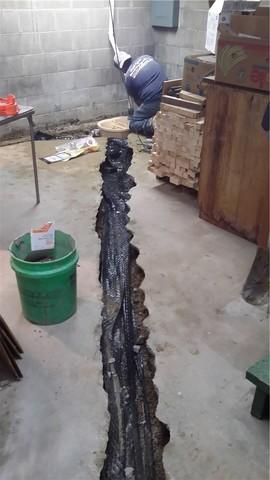
Digging out Cross Tile Tracks
In order to speed the route of water in low areas to the sump pump, we create a sort of water super highway via installing cross tile drainage. This involves, of course, removing more of the floor.
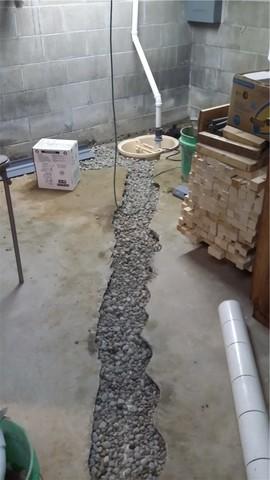
Drainage Stone in Cross Tile Installation
Drainage stone will help water disperse evenly into the WaterGuard and cross tile, preventing backups and spillovers.
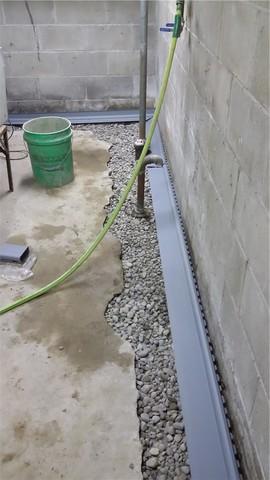
WaterGuard Track in Progress
Here, the floor has been removed, drainage stone poured, and now it's time to secure the WaterGuard before restoring the floor.
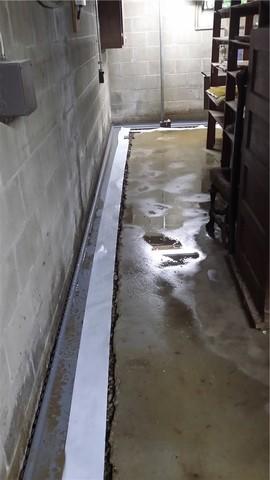
Securing the WaterGuard
We tape everything down to ensure that the WaterGuard stays in place as we pour new concrete.
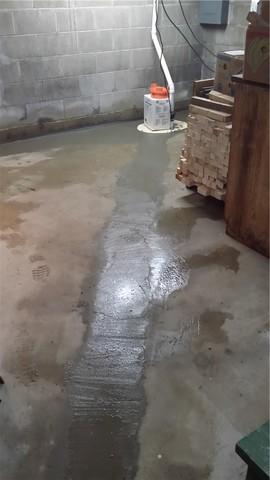
New Concrete Restores Basement Floor
Told you we'd replace it! Your floor may look a little funny, but it looked funny when it was covered in water all the time, too.
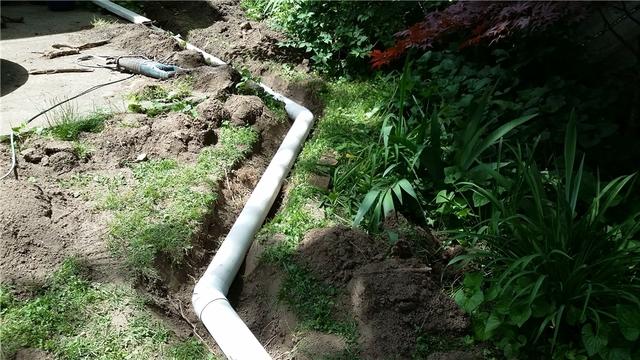
A Meandering Discharge Line
We install discharge lines based on the grade of the landscaping surrounding the house. This means that sometimes we have to go a little out of the way in order to discharge the water in a place where it won't head right back to the foundation. It's a good thing all of this is buried.
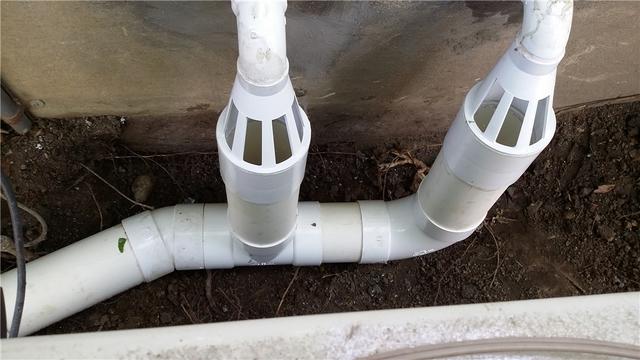
IceGuard Protects Your Basement from Winter Backups
So, the discharge line is buried. It's Michigan, which means it's going to get really cold in the winter. The line may freeze. In that case, water COULD back up into your basement. But the IceGuard caps allow the water to exit through the grate shown rather than back up, protecting your basement from winter flooding.









